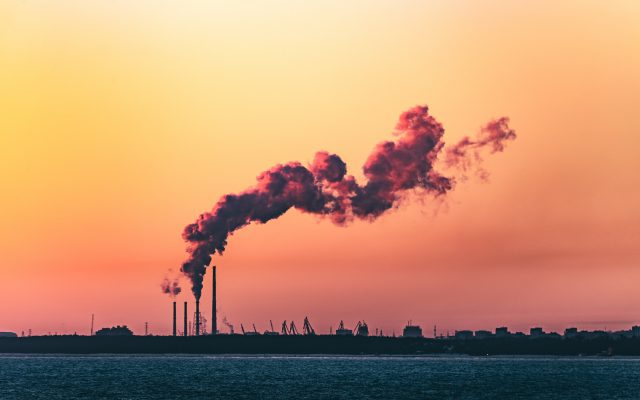CO2’s heat-trapping properties are unclear
We all know that carbon dioxide or other greenhouse gasses function like blankets or caps, trapping part of the heat that the Earth would otherwise radiate out into the universe. That’s all there is to it. But how can some molecules manage to capture heat in the first place? There’s a lot of physics and chemistry involved with that.
To put it simply, sunlight hits Earth’s surface and infrared waves radiate off of it, making us feel the heat. On a warm, sunny day, hold your palm over a darker rock to experience this effect for yourself. If these infrared radiation are allowed to pass through the atmosphere, they will return to space.
Infrared regions in the atmosphere are unaffected by atmospheric oxygen or nitrogen. The reason for this, according to Smerdon, is that molecules are fussy about the wavelength ranges with which they interact. Energy that has wavelengths of roughly 200 micrometers or less is absorbed by oxygen and nitrogen while infrared energy has ranges of 700 to 1000 micrometers. It’s as if the infrared region doesn’t exist for oxygen and nitrogen; they can let waves (and heat) travel through the atmosphere without interference.
How do I see this for myself? CO2 is a heat trapper?
Fill one coke bottle with CO2 (also from a drinking fountain) and the other with ambient air as an inquiry that may be done at home or in the school, suggests Smerdon. A heat light will cause the CO2 bottle to warm up more than a bottle of ambient air, he explains. He advises using an infrared thermometer to verify the temperature of the bottles. Using the same design of bottle and ensuring that both jars receive the same quantity of lamp light are also important considerations.
Smerdon proposes putting a thermal sensor and a burning candle at opposite sides of a closed tube for a more difficult experiment. Camera clearly detects candle infrared heat when the tube is packed with room air.. It is only after the tube is filled by carbon dioxide that an infrared picture of the flame fades, because CO2 in the tube collects and scatters heat from the candles in all directions, obscuring its appearance.

How can we be sure that water isn’t to blame for environmental issues if there is more water in the atmosphere than CO2?’
Water is, in fact, a contributor to global warming. As a result, it warms the globe by absorbing and emitting infrared light. Smerdon, on the other hand, claims that the increase in water vapor is a result of warmth rather than a cause.
A rise in global temperatures is caused by an increase in evaporation of water from the surface, which in turn elevates the temperature even more. Although a villain could try to increase global warming by pumping more water vapor into the atmosphere, Smerdon argues that this would not be possible. “It’d all rain out since temperature controls how much moisture the atmosphere can truly hold.”
Similarly, removing water vapor from the atmosphere is pointless because it will be replaced by natural evaporation from plants and water bodies due to temperature changes. By reducing these greenhouse gasses, we can lower global temperatures and reduce the amount of water vapor in the air.






